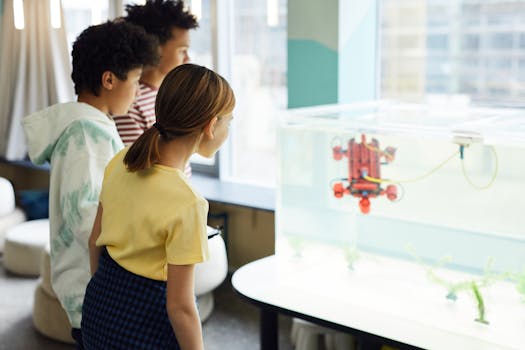Introduction
The world is constantly evolving and with it, so are our lifestyles. From the way we communicate to the way we work, new technologies have been a driving force in shaping our daily routines. In this article, we will explore some of the latest technologies and how they are impacting our lives.

Gone are the days of manually adjusting the thermostat or turning off the lights before bed. With the rise of smart home technology, our homes are becoming more efficient and convenient. From voice-activated assistants like Amazon’s Alexa to smart thermostats and lighting systems, these technologies are making our homes smarter and our lives easier.

The benefits of smart home technology are numerous. Not only does it save us time and effort, but it also helps us save on energy costs. With the ability to control our home’s temperature and lighting remotely, we can ensure that we are not wasting energy when we are not at home.

However, as with any new technology, there are concerns about privacy and security. With smart home devices constantly collecting data, there is a risk of this information being hacked or misused. It is important for users to research and understand the security measures in place before incorporating these devices into their homes.

Virtual and augmented reality (VR/AR) have been gaining popularity in recent years, with the gaming industry being one of the main drivers. But these technologies have also made their way into other industries, such as education and healthcare.

VR/AR technology has the potential to revolutionize the way we learn. With immersive experiences, students can engage in hands-on learning and simulations, making the learning process more interactive and engaging. It also allows for remote learning, providing access to education for those who may not have the means to attend traditional classrooms.

In the healthcare industry, VR/AR technology is being used for training and simulation purposes. Medical students can practice surgeries and procedures in a virtual environment, reducing the risk of errors in real-life situations. It is also being used for pain management and therapy, providing patients with a distraction from their pain and aiding in their recovery.

Wearable technology, such as fitness trackers and smartwatches, has become increasingly popular in recent years. These devices can track our steps, heart rate, sleep patterns, and more, providing us with valuable insights into our health and fitness.

Wearable technology has made it easier for us to monitor our health and fitness levels. With the ability to track our daily activity and set goals, it has encouraged many people to lead a more active lifestyle. It also allows for early detection of potential health issues, helping us to take preventive measures.

As with any technology that collects personal data, there are concerns about privacy. With wearable devices constantly tracking and storing our information, there is a risk of this data being accessed by third parties. It is important for users to understand the privacy policies of these devices and to take necessary precautions to protect their data.
Conclusion
New technologies are constantly emerging and changing the way we live our lives. While they bring many benefits, it is important to also be aware of the potential risks and to use them responsibly. As we continue to embrace these advancements, let us also remember to strike a balance and not let them consume our lives entirely.
What are your thoughts on the impact of new technologies on our lifestyles? Share your opinions in the comments below.



